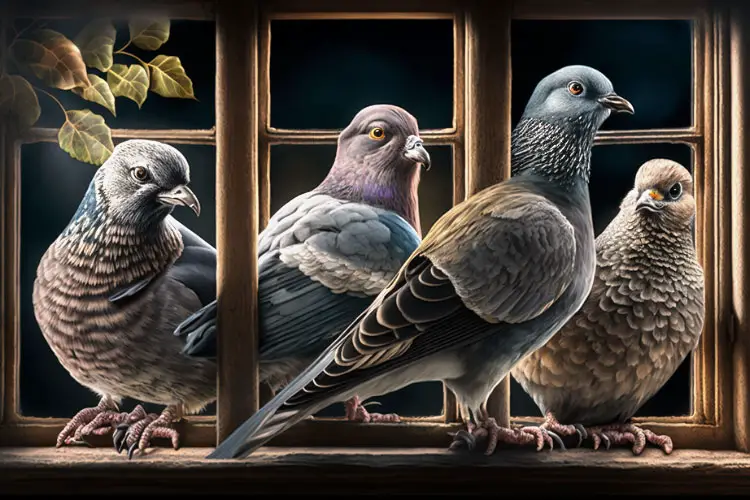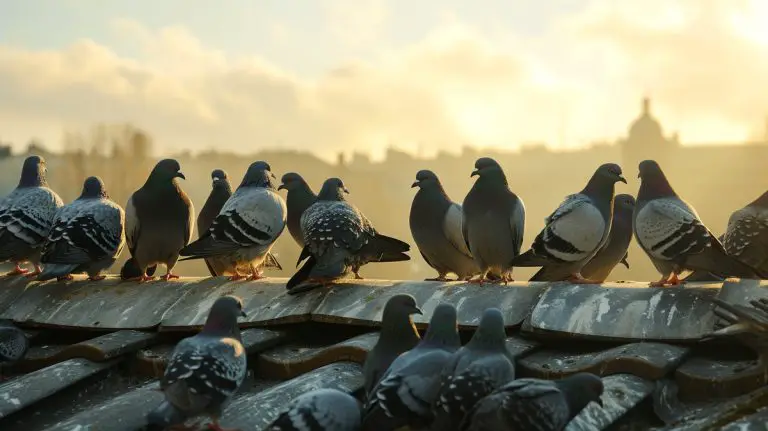The Fascinating History of Pigeons in Human Cities
Pigeons are a common sight in cities all around the world, whether they are perched on buildings or foraging for food on the ground. These birds may be annoying, but they have actually had intriguing and important roles in human culture, science, and history despite this stereotype.
Pigeons have been used for generations to transport messages over great distances. This made them an essential medium for ancient trade and diplomacy. In addition to being utilized for their meat and eggs, they have also been kept as pets.
Researchers have recently begun to examine pigeons, both for their useful role in disease transmission and their remarkable navigational skills. In fact, pigeons may be taught to spot signs of cancer and other diseases.
In this article, we will go through the discussion of pigeon-human history, including domestication, breeding, and adaptation to the urban environment. We will also go through the role of pigeons in culture, art, and literature, as well as their inclusion in historical events.
Without more ado, let’s explore the fascinating history of pigeons in human cities.
Domestication and Pigeon Breeding
The human-pigeon relationship can be seen from ancient times. In the beginning, pigeons were kept only for sale. But then, people started using pigeons for communication. It was the most trusted and best messenger at that time.
The use of pigeons can be observed in various civilizations. Pigeons were first trained in ancient Persia. While looking at pigeon history, the Mesopotamians and Egyptians also used the pigeon as a messenger, mostly in times of war around 3000 BC and 2000 BC.
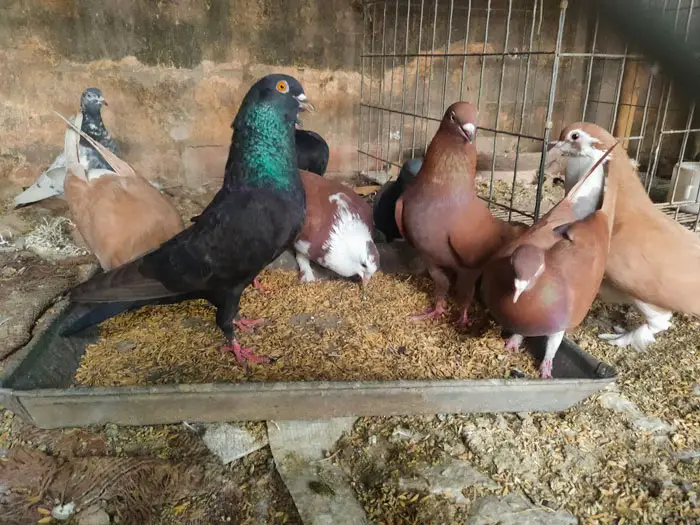
The Greeks used their trained pigeons to give news of victory from battlefields. Also, they used pigeons to announce the results of the Olympic Games from 63 BC to 21 AD. Pigeons were used for chariot races in ancient Rome in 753 BC.
Using pigeons for relaying posts was established by Genghis Khan. He set up the system across Asia and Eastern Europe. At the same time, pigeon raising became the exclusive privilege of nobility during the reign of Charlemagne.
By the way, not only for messages but pigeons were bred for several reasons in history. They include meat, eggs, hobbies, coloration, aesthetics, and so on. In city wildlife , pigeon breeders have been playing a crucial role in shaping the physical traits of pigeons.
Europe saw an increase in pigeon breeding during the Middle Ages. Pigeons were bred for their distinctive colors and patterns, as well as for their flesh and usage in falconry. In Belgium, the rise in the popularity of pigeon breeding started in the 19th century.
And there, breeders created many of the varieties that are still in demand today, like the Racing Homer and the Antwerp Carrier.Also, the wildlife conservation organization plays an important role for pigeon shaping, management of city pigeons and recovery. Both the organization and breeders have direct participation in city birding.
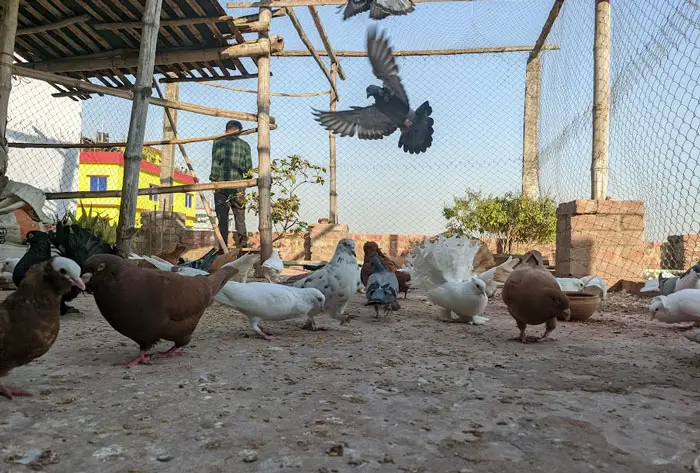
Reproduction with the help of pigeon breeders is faster than natural selection. That’s how the breeders are shaping their population. They play an active role in pigeon wildlife management.
Famous pigeon-related events like pigeon racing were first held in Belgium. Then the event was also seen in Paris and London. The pigeon has strong navigation power. For this, the owners start taking part with their trained ones.
In pigeon racing, people get pleasure, and also, a prize is dealt for the firstest one. Though the pigeons are not used now as messengers, the breeders still retain the cultural heritage of racing.
Pigeons in Urban Environments With Environmental history
Pigeons lived in the wild like other birds. But now we can see huge numbers of pigeons in an urban environment. They have easily adapted to the city environment. Though city life is quite busy and noisy, the requirements are fulfilled here as wildlife.
We can see a marked change in urban pigeon populations because the agricultural sector is increasing day by day. Pigeon is a good source of meat. But people are now giving more importance to the agricultural sector and depending on it. So, pigeons are now abundant in the cities.
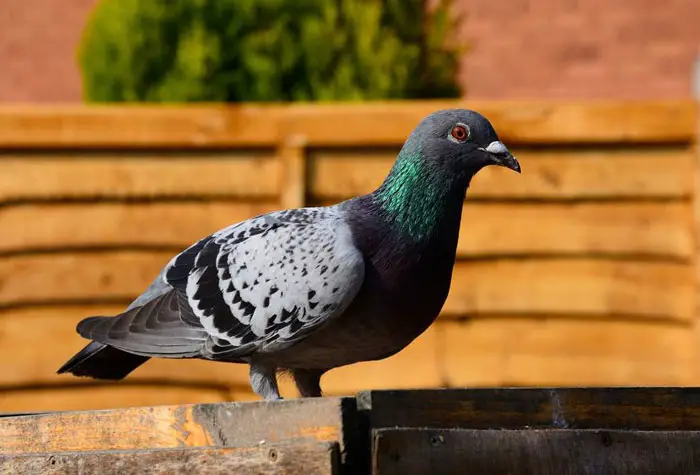
Many urban planning institutions are balancing the pigeon population for the benefit of humans. Pigeons are primary consumers at the trophic level. They eat many insects that damage crops. So, they help humans in this way as well.
Also, many birds of prey survive by eating birds like pigeons. We commonly see in the urban ecology that doctors prescribe pigeon meat to some patients. Mostly for diseases like insomnia, nervous system-related problems, and weakness, pigeon meat is prescribed.
Pigeons are not only beneficial, but also their droppings can harm public health. It can cause diseases like Histoplasmosis and Cryptococcosis. In both cases, fever, cough, and headache are common symptoms. Also, these diseases can lead to damage to vital organs like the brain and lungs.
Diseases due to pigeon droppings are not common in city life. Mostly the unhygienic and less conscious people get affected. People should be more careful while cleaning the droppings.
Pigeons in Art, Literature, and Culture
Pigeon is the first bird that humans attempted for domestication. In the field of literature, poets have mentioned pigeons as a symbol of love.
It is mentioned in the ancient Greek and Roman mythologies. Besides this, fortune, fertility, and prosperity is pigeon symbolism.
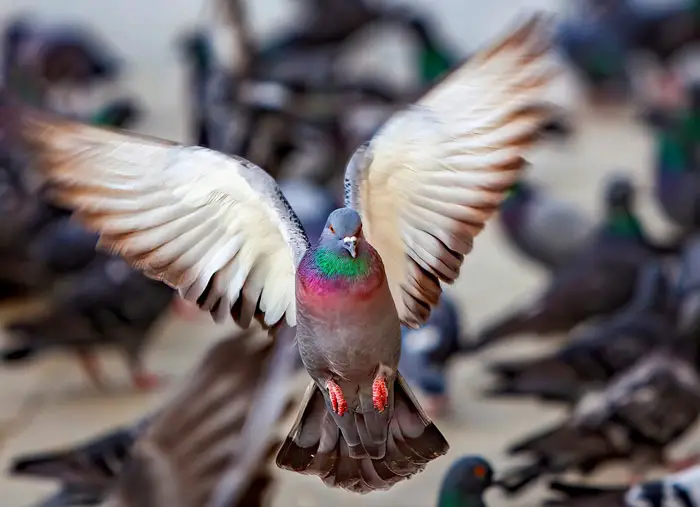
In Islam, pigeons are known as ‘Prophet’s birds’. Muslims also believe that if anyone serves any animal, he will be rewarded. So, the Muslims show a soft corner for animals, including pigeons. Also, pigeons are considered a symbol of peace in many religions.
In other religions of India, they consider that the pigeon carries a soul. Many people believe that after death, the nearest relatives come in the form of a pigeon. So, they show care and feed the bird to satisfy the holy spirit.
Pigeons were the most trusted messenger in ancient times. Now many technologies have taken the place of transforming information. But still, in this age of urbanization, the pigeon is a reliable carrier. Pigeons have amazing memories. So they deliver the information to the right place.
This peaceful bird is often seen in many works of art, poems, and films. Pigeon-related artists and writers have always praised this bird in their writing. Also, many painters like Pablo Picasso have created famous paintings based on this bird. Young painters are often seen exhibiting pictures of this beautiful bird at exhibitions.
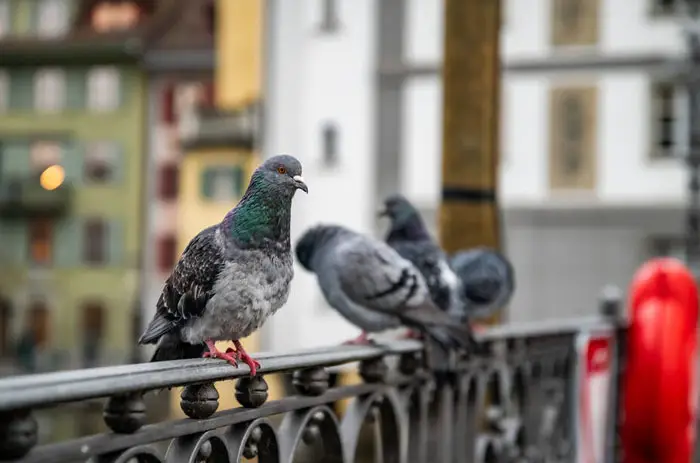
Many wall paintings of this bird are also seen. Some artists or cartoonists are also seen using this bird to draw symbolic images. The writers included the avian behavior of this bird in their writings.
The beauty of this bird can be noticed in poems, stories, or novels. In many films or movies, pigeons are seen carrying messages from their owners. Many filmmakers have cleverly shown the history of these feral birds through their work.
Pigeons in Historical Events
The use of the pigeon as a messenger is commonly seen in the First world war and Second world war. It was risky for the soldiers or normal people to transmit important information.
They could not easily move to any place or on the battlefield to know the situation. At that time, they used pigeons as military soldiers. They can easily cross city landmarks and can easily transfer information.
Cher Ami is a famous female pigeon who served in the First world war. On the 3rd of October 1918, almost 194 soldiers were surrounded by German forces that would soon close in on them. To contact the headquarters, the soldiers release three carrier pigeons. The first two can not complete their mission.
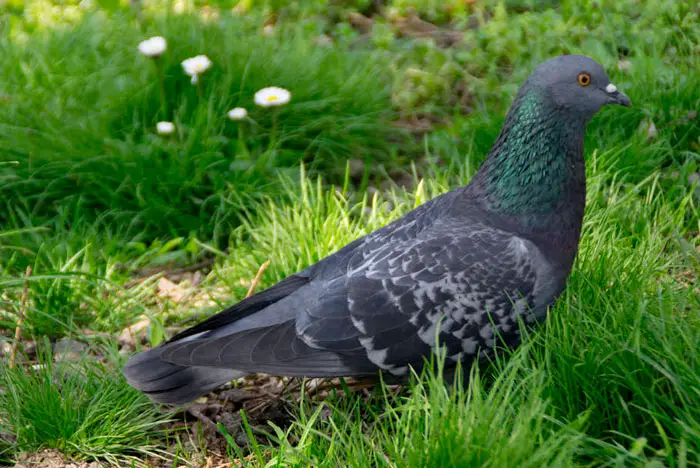
But Cher Ami was able to deliver the message. But on the way to the headquarters, it got injured severely and needed immediate medication. It was shot through the breast, blinded in one eye, and one leg was hanging by a tendon. Cher Ami saved the lives of 194 soldiers.
During the Franco-Prussian War, the communication system was interrupted. At that time, pigeons were sent to carry messages outside of Paris. The pigeons were sent along with a balloon and information. From the North of France, they were returned with information.
Of the amazing navigation power, they were the trusted messenger at that time. Pigeons were also used for aerial photography in the Second World War.
If you’re interested in learning more about pigeon-proofing buildings and city pigeons, you may find our articles on pigeon-proofing buildings and city pigeons informative. Our article on pigeon-proofing buildings explores effective strategies and techniques to prevent pigeons from roosting or nesting on buildings, offering practical solutions to minimize potential damages and conflicts. Meanwhile, our article on city pigeons provides insights into the ecology, behavior, and adaptation of pigeons in urban environments, shedding light on their unique characteristics and interactions with human settlements. These articles offer valuable information on both the practical aspects of managing pigeons in building environments and the natural history of city-dwelling pigeons.Conclusion
At first, people started to domesticate pigeons as a hobby. But soon, they realize that pigeons can also be their economic support. Besides, it is easy to domesticate pigeons. So, the breeders play an active role in stabilizing the number of pigeons in cities. Also, this bird finds similarities with wildlife while living with humans.
Since ancient times, there has been a bond of friendship between humans and pigeons. They help people in wars. Much has been written about the contribution of pigeons to history. For reading or further learning, you can go through the stories.

